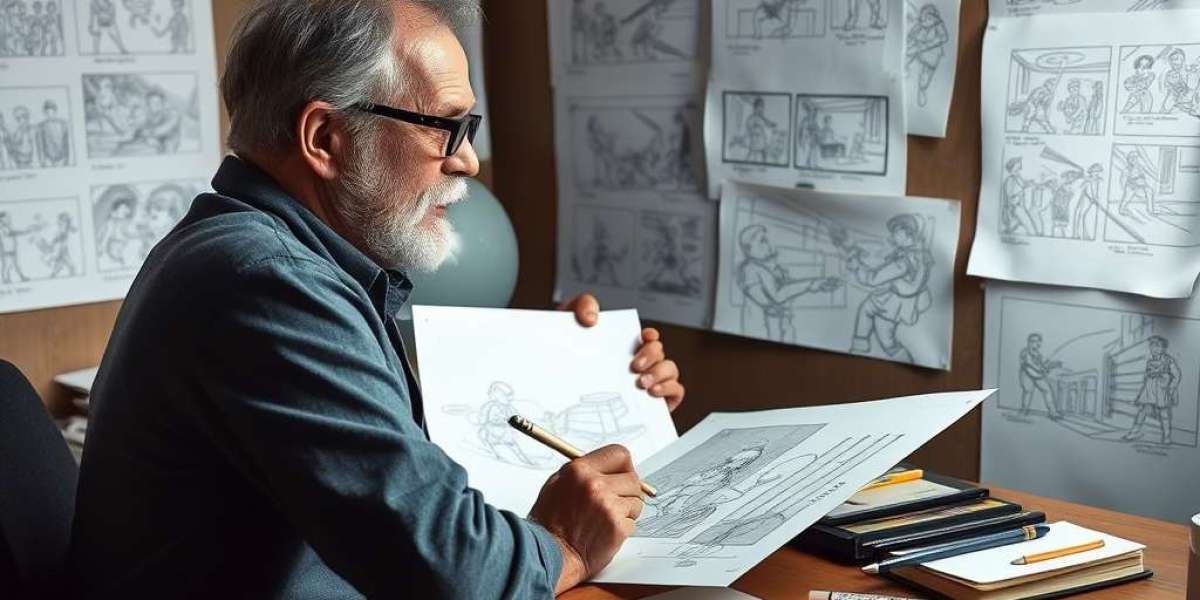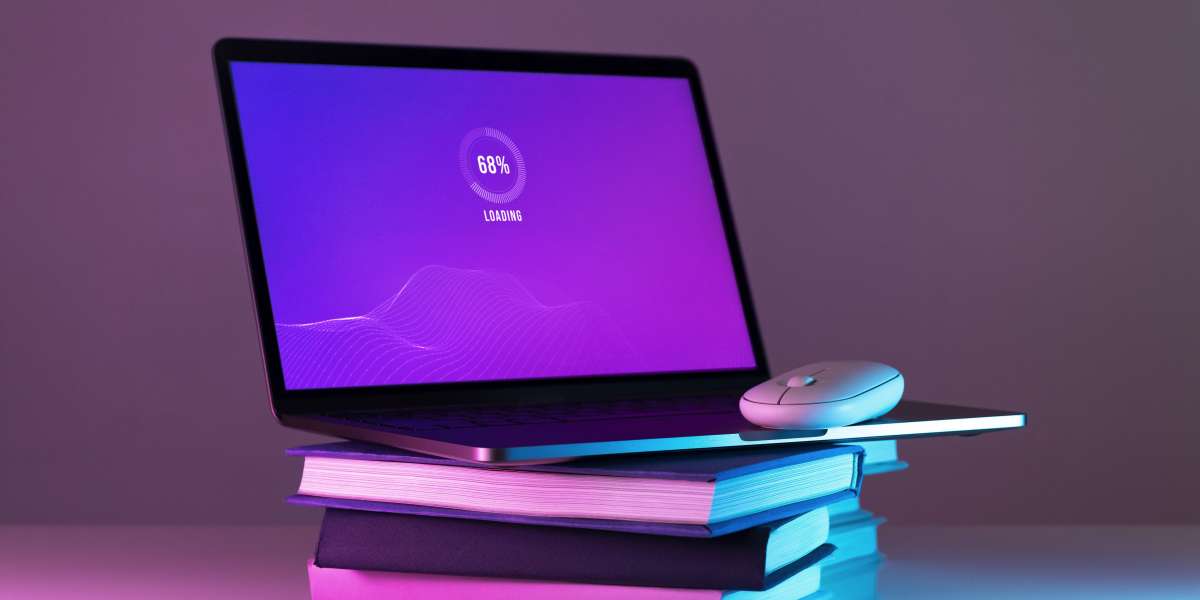Storyboarding is one of the most important steps in filmmaking. It helps directors, cinematographers, and production teams plan each scene before filming starts. A storyboard is like a visual roadmap that shows how the movie will look, including camera angles, character movements, and key actions.
One of the best ways to create an effective storyboard is through sketching. Even in the digital age, where AI tools can generate storyboards, traditional sketching remains an essential skill for filmmakers. It allows for creative freedom, quick modifications, and clear communication between team members.
In this article, we will explore why sketching is important in storyboarding, how it helps in the filmmaking process, and how modern tools can enhance the sketching process.
What is Storyboarding in Filmmaking?
A storyboard is a series of drawings that represent different shots in a movie. Each drawing shows what happens in a scene, including the camera angle, lighting, and movement of characters or objects.
Storyboarding helps filmmakers:
Plan the visual flow of a movie
Save time and money by reducing mistakes during filming
Communicate ideas clearly with the crew
Experiment with different scene compositions before filming
A well-made storyboard improves efficiency and ensures that the final movie looks as planned.
Why is Sketching Important in Storyboarding?
Even with advanced AI storyboard tools, sketching remains an important part of filmmaking. Here’s why:
1. Sketching Encourages Creativity
When you sketch by hand, you can quickly bring your ideas to life. Unlike digital tools, sketching allows for instant creativity without being limited by software settings. Filmmakers can explore different scene compositions, character poses, and background designs freely.
2. Sketching is Fast and Flexible
Filmmaking is a fast-moving process. Sometimes, directors need to make quick changes to a storyboard. A simple pencil sketch allows for easy modifications without needing to adjust complex digital files.
3. It Helps Visualize the Film Before Shooting
A hand-drawn storyboard provides a clear blueprint for the entire production team. It helps directors and cinematographers understand how each shot should be framed and how characters should move.
4. Sketching Helps Communicate Ideas
Not everyone on a film set understands technical language. A visual sketch helps everyone—including actors, designers, and camera operators—grasp the director’s vision quickly.
5. Enhances Understanding of Composition and Framing
Storyboarding through sketching helps filmmakers practice camera angles, lighting, and shot composition. This improves the final look of the film and ensures a smooth storytelling experience.
Key Sketching Techniques for Effective Storyboarding
If you want to create a strong storyboard, using the right sketching techniques is important. Here are some key aspects to focus on:
1. Composition and Framing
Composition refers to how objects and characters are arranged in a shot. Some basic principles include:
- The Rule of Thirds: Dividing the frame into three equal parts to create balanced compositions.
- Depth and Perspective: Using background, middle ground, and foreground to create a sense of depth.
- Close-ups vs. Wide Shots: Sketching different shot types to convey emotion or setting.
2. Lighting and Shadows
Adding shadows and highlights in sketches can help indicate the mood of a scene. For example:
- Soft shadows can create a warm, romantic atmosphere.
- Harsh shadows can add drama or tension.
Even in basic sketches, using shading techniques improves the understanding of lighting.
3. Movement and Direction
A storyboard must show movement—both of characters and the camera. This can be done by:
- Using arrows to indicate character motion.
- Drawing camera angles (panning, zooming, tilting) to show how the shot will look.
4. Annotations and Notes
Sometimes, a sketch alone is not enough. Adding short notes and labels can provide important details about timing, dialogue, or camera settings.
How Modern Tools Enhance Sketching in Storyboarding
While hand-drawn sketches are essential, many filmmakers combine them with digital tools for a more efficient workflow.
1. Digital Sketching Software
Programs like Photoshop, Procreate, and Storyboard That allow filmmakers to create digital sketches with ease. These tools offer advanced brushes, layers, and editing features that improve the clarity of storyboards.
2. AI Storyboard Generators
AI-powered storyboard tools are becoming popular because they can quickly create scenes based on text descriptions. One great tool is an AI storyboard generator free, which helps filmmakers speed up the storyboarding process by automating certain tasks.
While AI tools can assist in generating storyboards, they cannot replace creativity and artistic expression that come from sketching. The best approach is to combine traditional sketching with digital tools for an efficient and high-quality storyboard.
How Sketching Helps in Filmmaking Collaboration
Storyboarding is not just for directors—it is a tool for the entire film crew. Here’s how sketching improves collaboration:
1. Helps Directors and Cinematographers Align Their Vision
A well-sketched storyboard allows the director and cinematographer to plan how each shot should be filmed. It ensures that the lighting, framing, and camera movement match the intended storytelling style.
2. Assists Actors in Understanding Their Scenes
Actors can use storyboards to understand their positions, movements, and expressions in each scene. This helps them prepare better for their performances.
3. Guides the Production Team
Set designers, costume artists, and special effects teams rely on storyboards to plan their work. A clear storyboard helps them create realistic sets and props that match the director’s vision.
4. Useful for Film Pitches
When presenting a film idea to producers or investors, a well-drawn storyboard can make the concept easier to understand. A visually compelling storyboard increases the chances of getting financial support for a project.
Conclusion
Sketching plays a major role in creating effective storyboards for filmmaking. Even with the rise of AI and digital tools, traditional sketching remains valuable because it allows for quick creativity, flexibility, and clear communication.



